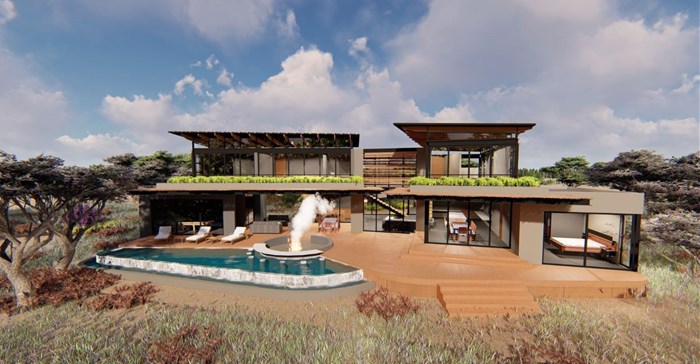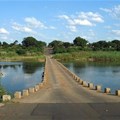The concept of investment typically conjures images of urban real estate, stocks, and bonds. However, the allure of the African savanna, known colloquially as The Bush, presents an unconventional yet profoundly impactful investment opportunity.

Source: Supplied.
The rugged, untamed wilderness areas of the Mpumalanga Lowveld spring to mind when one hears someone say, “We’re off to our place in the bush” and the visions those words conjure up, often inspire a little envy too.
“A place in the bush” offers so much more than just a piece of land; it comes with the promise of a wealth of memories of family and friends, wide open skies, incredible game sightings, and the opportunity to become a guardian of a legacy that must be protected and cherished.
With careful planning and consideration, investors can enjoy several advantages, including:
- Financial returns: Bush properties can offer excellent financial returns, especially those located in areas with high tourism potential. For example, Simbini Lifestyle Estate, which is located on the border of the Kruger National Park, offers investors the potential to earn a gross return of 20% to 22% per year.
- Unique lifestyle: Living in The Bush, or close to it, offers a unique and rewarding lifestyle. Residents, whether permanent or holiday visitors, can enjoy stunning scenery, abundant wildlife and a sense of community.
- Sustainability: Bush property developments are often designed with sustainability in mind. This can include features such as energy-efficient construction, water conservation measures, and waste-management systems.
- Environmental stewardship: By investing in a bush property, investors become custodians of a natural environment that is important for biodiversity and conservation.
South Africa’s unique position as home to endemic free-roaming “Big Five” game, places it on the must-visit list of international tourists. And the Kruger National Park is the crown jewel, with 96% of foreign visitors ensuring it is on their itinerary.
For the property investor, this translates into substantial tourism-related returns, especially considering the favourable exchange rate with currencies like the US dollar and euro, which makes South Africa a cost-effective destination for international travellers.
Investments in bush properties are not mere transactions but are akin to securing a stake in a living, breathing entity, and an excellent investment. Let’s take Simbini Lifestyle Estate as an example. It is situated on the Crocodile River, looking directly into Kruger, yet close enough to the town of Malelane for easy provisioning.
The developers are committed to environmental stewardship, and it has been designed to minimise its impact on the surrounding environment.
With a promise of gross returns within five years, and an annual return rate between 20% and 22%, an investment here looks robust against the backdrop of current global economic trends and is likely to outperform traditional investment expectations.
A sustainable investment
The sustainability of bush property developments is paramount. Here, the investor is not merely a buyer but a custodian of South Africa's rich biodiversity, which encompasses protected areas of fauna and flora, integral to the nation's natural heritage. Such an investment transcends the material to embody a responsibility towards conservation and the celebration of life in its most primal form.
At Simbini, the meaning of “sustainability” is threefold: ecological, structural and financial. The Estate is meticulously planned, from its construction methodologies to its long-term financial viability. Significantly, it includes an operational 17ha macadamia farm, which adds a layer of agro-economic resilience to the investment, ensuring a steady income stream while promoting ecological harmony.
Bush properties adjoining the Kruger National Park, especially those along vital water sources like the Crocodile River, come with an added imperative – custodianship of a precious legacy and a commitment to the enduring prosperity of one of the planet's most extraordinary landscapes. Such properties are increasingly rare.
This scarcity creates a supply-and-demand dynamic poised to accelerate the value of such investments substantially. In this context, estates like Simbini Lifestyle Estate emerge not only as protectors of the Crocodile River and the Park but as coveted assets that promise escalating returns.
Investing in “the bush” should be a blend of financial sustainability and ethical stewardship. To find that is rare, but where it exists, it is a compelling proposition for a particularly discerning investor.


























